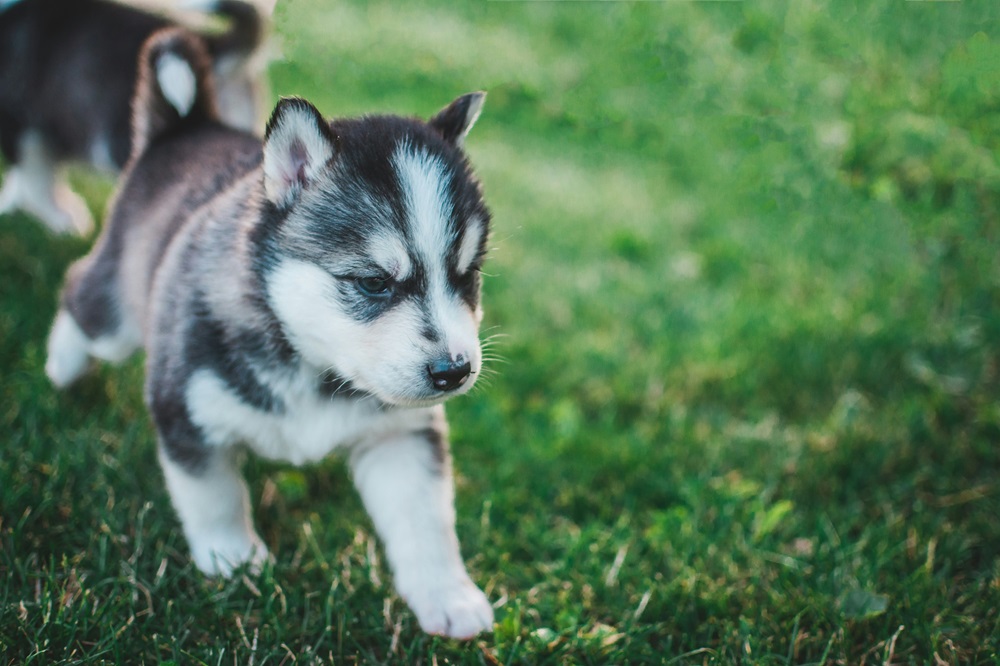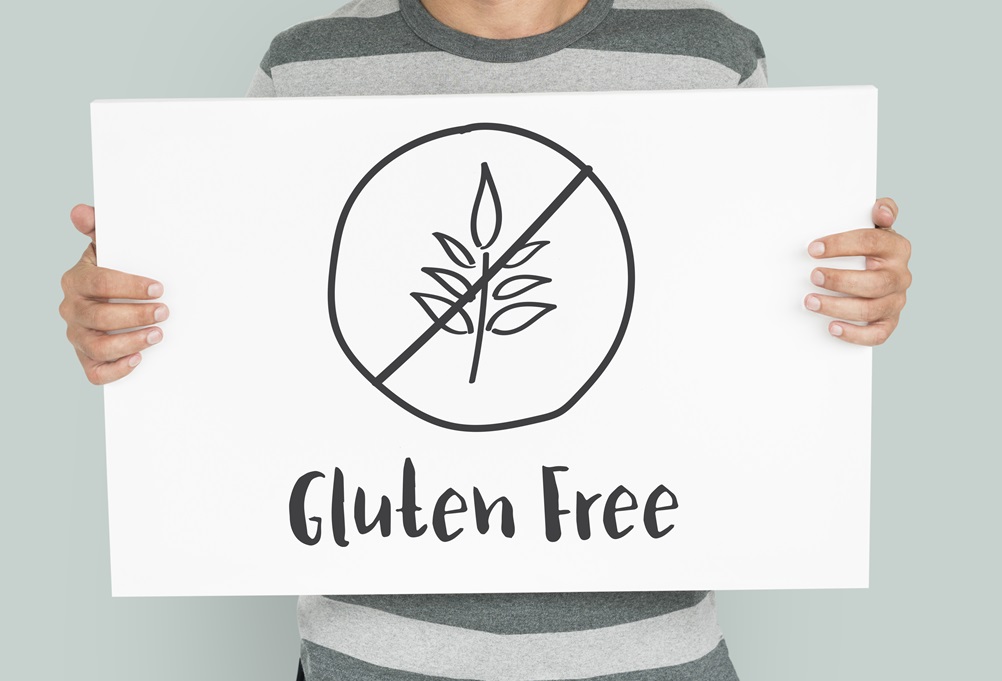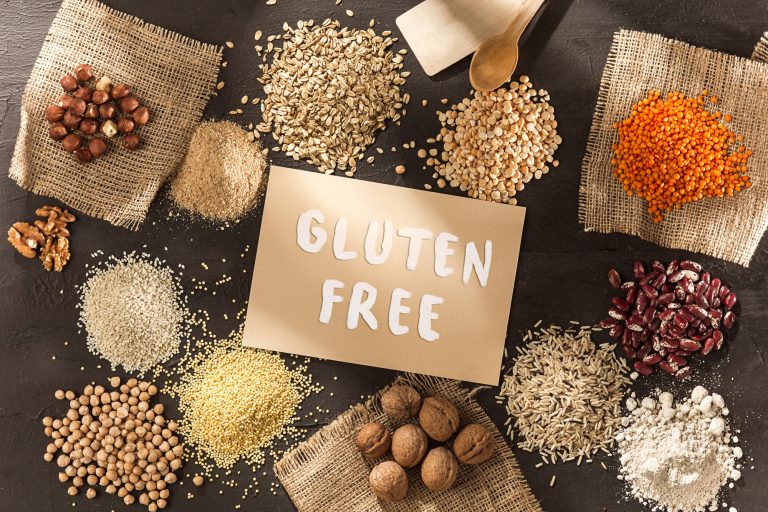Grain-Free Diet for Dogs has gained popularity in recent years, fueling controversy and debate among pet lovers and animal health professionals.
In this article, we will explore the myths and reality behind the grain-free diet for dogs, providing useful information for responsible owners.
CONTENT:
- Myth 1: Grain-free diets are healthier for dogs
- Myth 2: Grain-free diets prevent food allergies in dogs
- Myth 3: A grain-free diet promotes a shinier coat and better skin health
- Myth 4: All grain-free diets are the same
Myth 1: Grain-free diets are healthier for dogs
Reality: Although opinions differ on this point, most experts agree that grain-free diets are not always healthier for dogs. Wheat, corn and rice can provide essential nutrients, and a balanced diet is more important than excluding certain ingredients.
Over the past few decades, the grain-free diet for dogs has been popularized as a healthier option, claiming that significant health benefits are brought to pets by excluding grains. However, the reality is more complex than it seems at first glance.
Canine nutritionists emphasize the importance of a balanced and complete diet for dogs. Grains, such as wheat, corn and rice, provide essential nutrients such as fibre, vitamins and minerals that contribute to the proper functioning of the digestive system and the maintenance of optimal health. Excluding these ingredients can lead to a lack of these essential nutrients, negatively affecting the dog’s health.
Another crucial point is that pet food manufacturers formulate many grain-free diets to meet specific requirements of certain breeds or health conditions. However, this doesn’t automatically imply suitability for all breeds and sizes of dogs. Each pet has individual nutritional needs, and a diet suitable for one dog may not be as beneficial for another.
It is essential to avoid generalizations and carefully analyze dog food labels. The quality of the ingredients and the appropriate proportions of protein, fat and carbohydrates are crucial to ensuring a complete and balanced diet.

Myth 2: Grain-free diets prevent food allergies in dogs
Reality: Food allergies in dogs are rare, and eliminating grains is not guaranteed to prevent them. In some cases, meat proteins can be responsible for allergic reactions. It is crucial to see a vet for any signs of food allergies and to have tests done to identify the actual cause.
One of the common myths associated with grain-free diets for dogs is the idea that eliminating grains from the diet prevents food allergies in dogs. However, the reality is much more complex and there is no hard evidence to support this myth.
Food allergies in dogs are generally rare and can be caused by a variety of ingredients, not just grains in the diet. In many cases, proteins from meat, eggs or other protein sources can be equally responsible for triggering allergic reactions in dogs. Thus, eliminating grains does not automatically guarantee the prevention of food allergies.
It is important to be aware of the signs of food allergies in dogs, such as excessive itching, skin inflammation, vomiting or diarrhea. If these symptoms occur, it is crucial to consult a veterinarian to determine the real cause of the problems and identify potential allergens.

Myth 3: A grain-free diet promotes a shinier coat and better skin health
Reality: Nutrients in your dog’s diet, including quality protein and essential fatty acids, have a significant impact on the health of their coat and skin. A grain-free diet can provide these nutrients, but it does not rule out that grain-containing diets can have the same benefits. It is important to choose a quality feed, regardless of grain content.
One of the arguments put forward in favor of a grain-free diet for dogs is the idea that it would help improve the condition of the skin and coat. Essential nutrients like quality protein and fatty acids play a crucial role in maintaining optimal skin and coat health for your dog.
Proteins are essential for the production of keratin, one of the main constituents of fur and skin. A protein-rich diet promotes healthy coat growth and prevents issues like excessive shedding or dry, irritated skin. These benefits are achieved regardless of the grain content of the dog’s diet.
Also, essential fatty acids such as omega-3 and omega-6 are essential for maintaining skin elasticity and promoting a shiny coat. Fish oils or other quality fat sources often contain these fatty acids. A grain-free diet may have these nutrients, but grain-containing diets, when properly formulated, can offer similar benefits.

Myth 4: All grain-free diets are the same
Reality: All grain-free diets are not created equal. Different brands can significantly vary in the quality of ingredients, nutrient ratios, and the way the food is processed. Pet owners should read labels carefully and look for products formulated by canine nutritionists.
Excluding grains from dog diets has led to various grain-free options on the market, with a common myth that they are all equivalent in quality and health benefits. The reality, however, is much more complex, as there are significant differences between the various grain-free diets available.
The quality of the ingredients is an essential aspect in evaluating the grain-free diet for dogs. Some brands may use lower quality ingredients to cut costs, and not all protein, fat, and carbohydrate sources are equal. For example, a high-quality grain-free food may include high-quality meat without artificial additives or unnecessary fillers.
The proportions of nutrients in a diet are also critical to ensure a balanced diet. A well-formulated grain-free diet should meet dogs’ nutritional needs with balanced proportions of proteins, fats, carbohydrates, vitamins, and minerals. Differences in nutrient ratios can affect a dog’s overall health, weight and energy levels.
The processing of food can also influence nutritional quality. Thermal processing impacts nutrient availability and stability, while production processes determine the final food form, like kibble or wet food.

